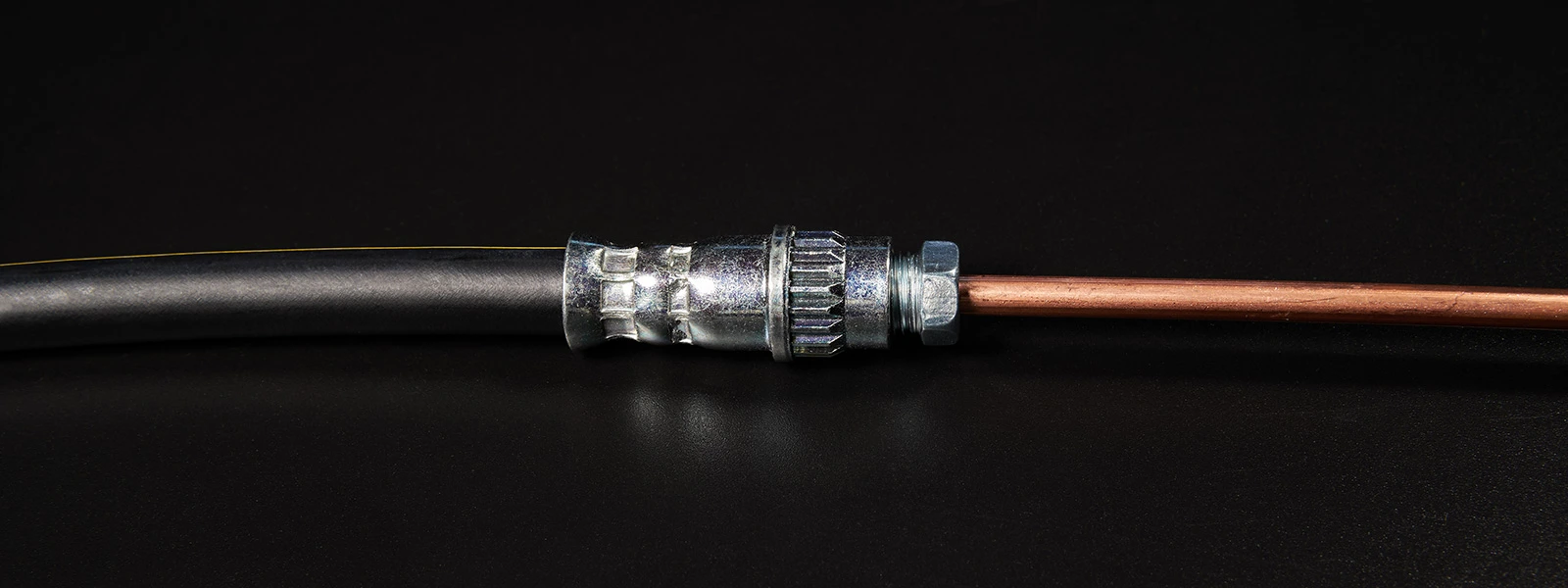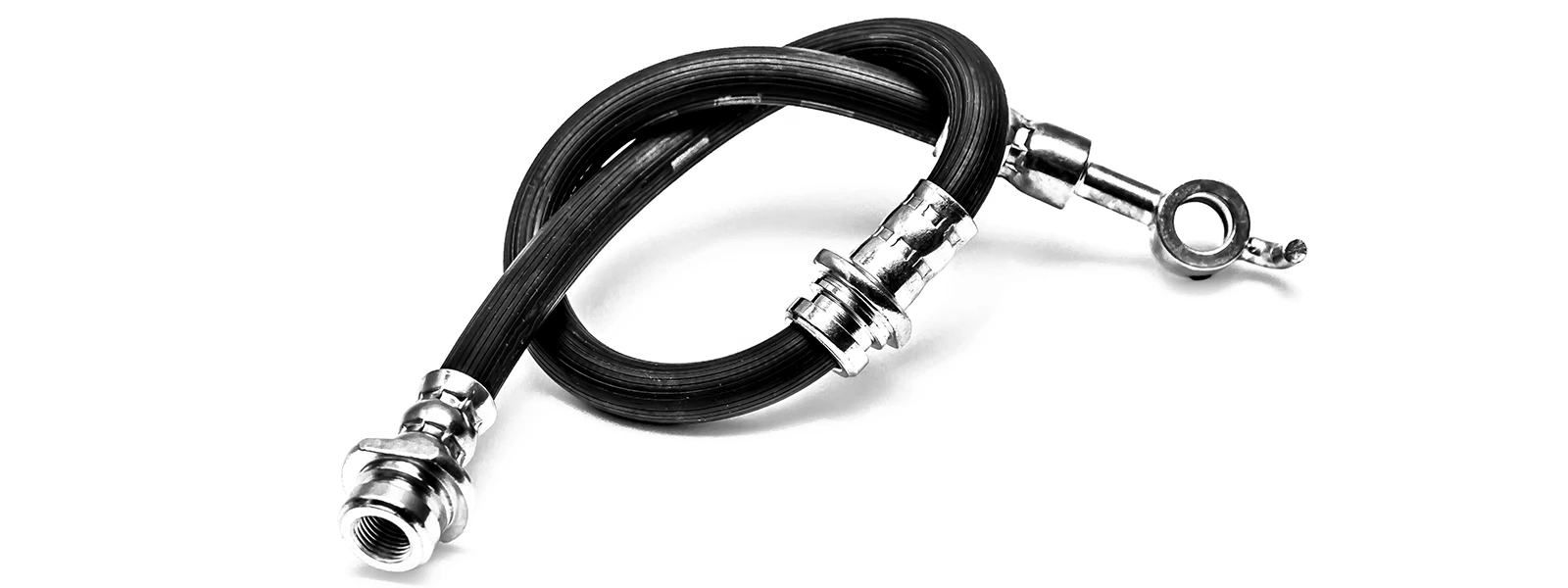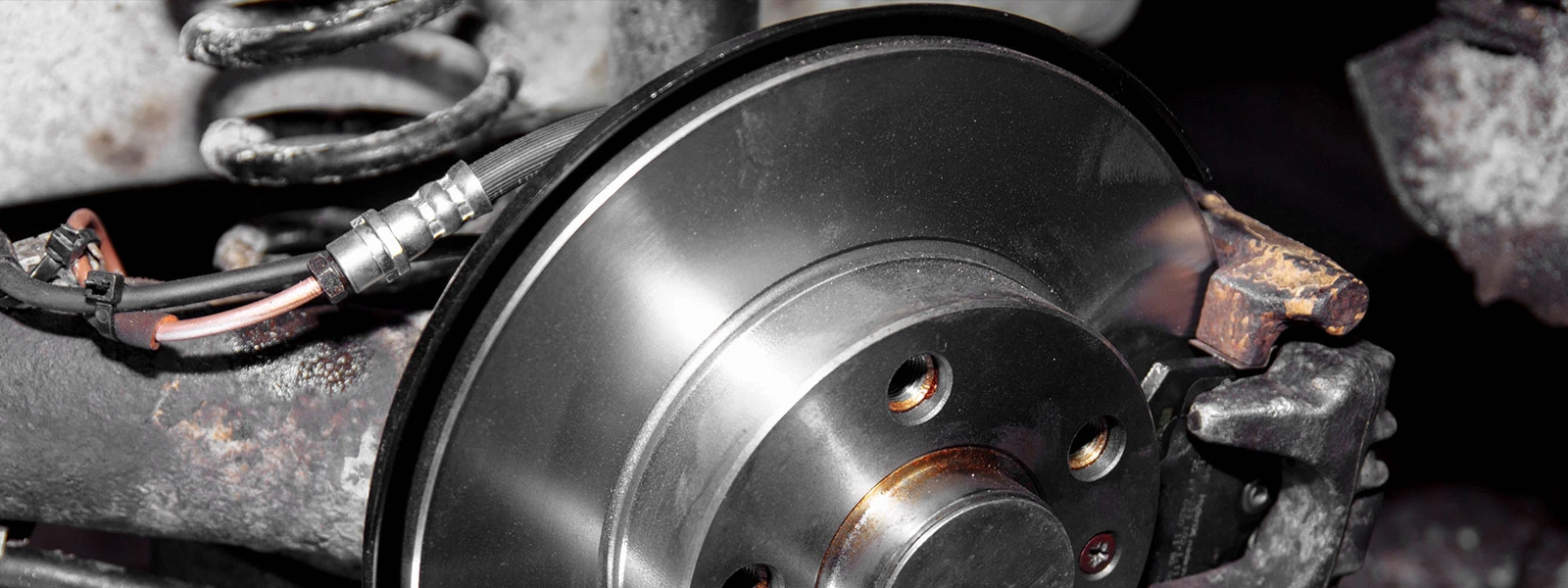Brake Hose Vs Brake Line: What are the Differences?
Brake Hose Vs Brake Line: What are the Differences?
When it comes to your car's braking system, there are many components that work together to ensure safe and effective stopping power. Two of the most important parts are the brake hose and the brake line. While these two components may seem similar, they have distinct differences that are important to understand. In this article, we'll explore the differences between a brake hose and a brake line, and which one might be better for your car.

Brake Hydraulic Hose
A brake hose is a flexible tube that connects the brake caliper or wheel cylinder to the metal brake line on your car's chassis. Brake hoses are typically made of rubber or braided stainless steel and are designed to withstand high pressure and extreme temperatures. Rubber hoses are more common and tend to be more affordable, while braided stainless steel hoses are more durable and resistant to wear and tear.
One of the biggest advantages of using a brake hose is its flexibility, which allows it to move with the suspension and wheels as they move up and down. This flexibility is important because it helps to prevent the hose from getting damaged or kinked. However, one potential disadvantage of using a brake hose is that it can expand under pressure, which can lead to a spongy or less responsive brake pedal. Some common signs of brake hose failure include cracks, leaks, and bulges in the hose.
SAE J1401 Brake Hose
Brake Line
A brake line, on the other hand, is a rigid metal tube that carries brake fluid from the master cylinder to the brake calipers or wheel cylinders. Brake lines are typically made of steel or aluminum and are designed to be strong, durable, and resistant to corrosion. Unlike brake hoses, brake lines do not expand under pressure, which helps to maintain a consistent brake pedal feel.
One of the main advantages of using a brake line is its rigidity, which helps to prevent the line from getting kinked or damaged. However, this rigidity can also make brake lines more prone to breaking or cracking if they are bent too far or too often. Some common signs of brake line failure include leaks, corrosion, and damage to the line.
How is a Brake Hydraulic Hose Different from a Brake Line?
Now that you’ve already known a brake line refers to the inflexible metallic tubes that traverse the entirety of your vehicle. These tubes facilitate the transfer of brake fluid from the master cylinder to areas located in close proximity to the wheels of your car, truck, or heavy-duty trailer. However, if the brake line were to extend all the way to the wheel cylinder or brake caliper, it would become vulnerable to damage from the sideways rotation of the wheels or the up-and-down motion of the car while traversing speed bumps. This is where a hydraulic brake hose becomes useful.
While brake hoses and brake lines may really seem similar, there are several key differences between the two:
- Function within the braking system: Brake hoses are responsible for connecting the brake calipers or wheel cylinders to the brake lines, while brake lines carry brake fluid from the master cylinder to the calipers or cylinders.
- Location within the vehicle: Brake hoses are typically located near the wheels and suspension, while brake lines run along the chassis and are usually tucked away.
- Flexibility and rigidity: Brake hoses are flexible and able to move with the wheels and suspension, while brake lines are rigid and less prone to bending or kinking.
- Resistance to wear and tear: Brake hoses are more prone to wear and tear due to their flexibility and exposure to the elements, while brake lines are more durable but can still suffer from corrosion or damage.
- Expansion under pressure: Brake hoses can expand under pressure, which can lead to a less responsive brake pedal, while brake lines do not expand and help to maintain consistent braking performance.
- Temperature tolerance: Braided stainless steel hoses are more temperature-resistant than rubber hoses and are better suited to high-performance or racing applications.
The brake line and brake hose: which one is better for your car?
When it comes to choosing between a brake hose and a brake line for your car, you may need to consider these factors:
- Flexibility: Brake hydraulic hoses are flexible, which allows them to move with the wheels and suspension. This helps to prevent damage to the hose. Brake lines, on the other hand, are rigid and less prone to bending or kinking.
- Durability: Brake hoses are typically made of rubber or braided stainless steel and are designed to withstand high pressure and extreme temperatures. Braided stainless steel hoses are more durable and resistant to wear and tear than rubber hoses. Brake lines, on the other hand, are typically made of steel or aluminum and are designed to be strong, durable, and resistant to corrosion.
- Consistency: Brake lines do not expand under pressure, which helps to maintain a consistent brake pedal feel. This can contribute to improved braking performance in certain situations.
- Cost: Rubber brake hoses are generally more affordable than brake lines made of steel or aluminum. However, braided stainless steel hoses can be more expensive than either option due to their increased durability and resistance to wear and tear.
If you have a high-performance car that requires precise and consistent braking performance, brake lines may be the better option. If you frequently drive on rough terrain or off-road, where the suspension and wheels are more likely to move, brake hoses are the right ones for you.

-
Ultimate Spiral Protection for Hoses & CablesNewsJun.26,2025
-
The Ultimate Quick-Connect Solutions for Every NeedNewsJun.26,2025
-
SAE J1401 Brake Hose: Reliable Choice for Safe BrakingNewsJun.26,2025
-
Reliable J2064 A/C Hoses for Real-World Cooling NeedsNewsJun.26,2025
-
Heavy-Duty Sewer Jetting Hoses Built to LastNewsJun.26,2025
-
Fix Power Steering Tube Leaks Fast – Durable & Affordable SolutionNewsJun.26,2025



